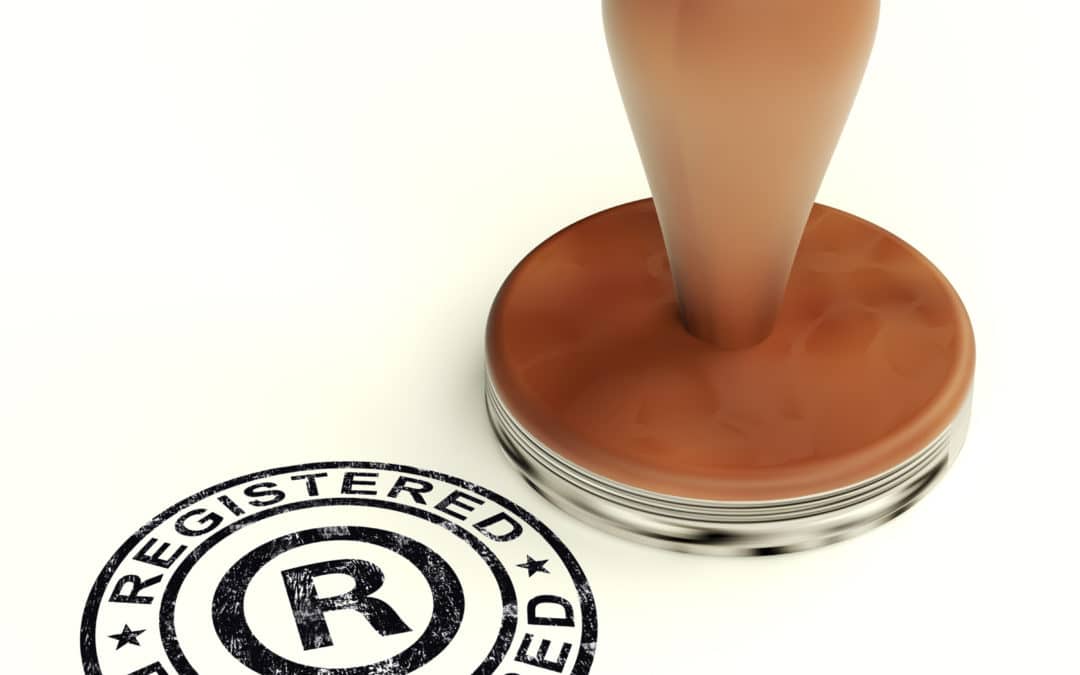Podcast (video): Play in new window | Download
Intent-to-use trademark applications.
An intent-to-use trademark application requires some other evidence, if it is challenged in court, to show that the applicant has a bona fide intent to use the mark in commerce.
Why?
“Because a bona fide intent to use the mark in commerce is a statutory requirement of a valid intent-to-use trademark application under Section 1(b), the lack of such intent is a basis on which an opposer may challenge an applicant’s mark.” M.Z. Berger & Co. v. Swatch AG, 787 F.3d 1368, 114 USPQ2d 1892, 1898 (Fed. Cir. 2015). Applicant’s intent must be “firm,” “demonstrable” with “objective evidence of intent” and “more than a mere subjective belief.” Id. at 1897-1898; Swiss
Grill Ltd. v. Wolf Steel Ltd., 115 USPQ2d 2001, 2008 (TTAB 2015).
The court make an objective determination whether Applicant had a bona fide intention to use the mark in commerce at the time of filing her application, and, in doing so, consider the totality of the circumstances. See M.Z. Berger & Co., 114 USPQ2d at 1898; Swiss Grill Ltd., 115 USPQ2d at
2008. Opposer bears “the initial burden of demonstrating by a preponderance of the evidence that applicant lacked a bona fide intent to use the mark on the identified” services. Boston Red Sox Baseball Club LP v. Sherman, 88 USPQ2d 1581, 1587 (TTAB 2008). Opposer may meet this burden by establishing that there is an “absence of any documentary evidence on the part of [Applicant] regarding such intent.” Commodore Electronics Ltd. v. CMB Kabushiki Kaisha, 26 USPQ2d 1503, 1507 (TTAB 1993).
If Opposer meets its burden, Applicant may “elect to try to rebut the opposer[‘s] prima facie case by offering additional evidence concerning the factual circumstances bearing upon [her] intent to use [her] mark in commerce.” Commodore Electronics Ltd., 26 USPQ2d at 1507 n.11. However, Applicant’s “mere statement of subjective intention, without more, would be insufficient to establish applicant’s bona fide intention to use the mark in commerce.” Lane Ltd. v. Jackson Int’l
Trading Co., 33 USPQ2d 1351, 1355 (TTAB 1994).
Here is a lightly-edited transcript of the video:
Most of my clients who come to me for a trademark
application are not using the trademark yet. It’s a good idea of course, to
start at the very beginning with what we call an intent-to-use trademark
application.
That trademark not being in use will not register with the Patent
and Trademark Office, if it passes muster, until it is in use in commerce. But,
while products are being developed, while finalizations are being made, prototypes
are being created.
A lot of companies want to make sure that that trademark is,
is at least reserved in the Patent and Trademark Office if the mark is not
registered yet.
There could be a little snag along the way that a lot of
businesses don’t really think of and that is if an intent-to-use trademark
application is challenged by a third party during the review process.
If that mark is not in use yet and there are no business plans, then that mark
could actually not really be considered an intent-to-use application.
In other words, the trademark applicant must have what we
call a bona fide intent to use the trademark in commerce or else it’s not
really considered an application under the statutory requirements. If a third
party is challenging a mark, we need to make sure that we’ve got a little bit
more than just that trademark application. As I said, a lot of businesses have
prototypes, have business plans, and I even discussed the importance of
business plans in an earlier blog.
Any piece of evidence that discusses that ability to take
the trademark and put it into commerce without those business plans, without
those prototypes, without whatever those first iterations are, is needed. An
intent-to-use application isn’t actually qualified as an intent-to-use
application without that evidence.
If we’re going to start at the beginning, and that is, of
course, a very good place to start, then we need to make sure that all of the
infrastructure is in place in case a third party challenges the mark. This way,
that avenue of challenge is stopped before it is begun.


Trackbacks/Pingbacks